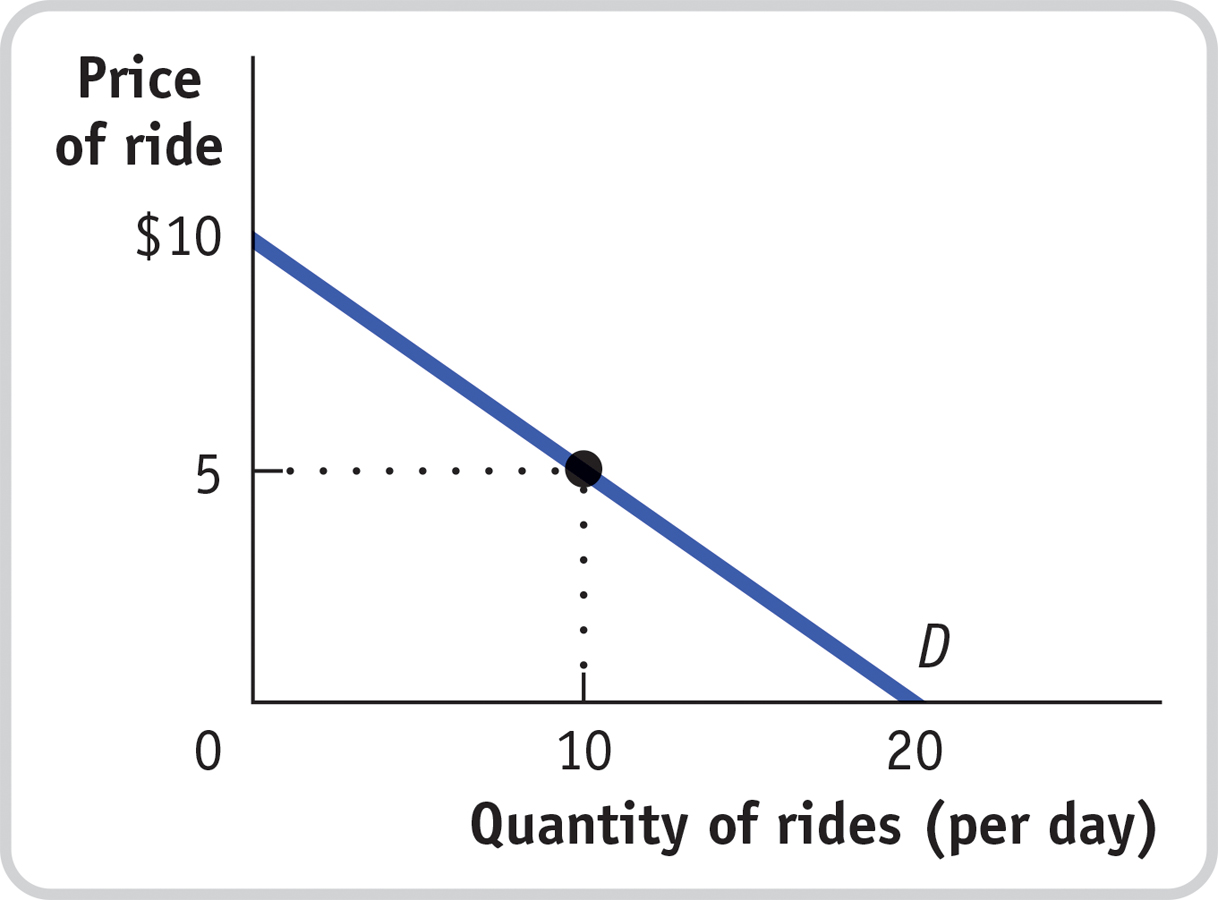PROBLEMS
Question 5.1
Determine the amount of consumer surplus generated in each of the following situations.
Leon goes to the clothing store to buy a new T-
shirt, for which he is willing to pay up to $10. He picks out one he likes with a price tag of exactly $10. When he is paying for it, he learns that the T- shirt has been discounted by 50%. Alberto goes to the music store hoping to find a used copy of Nirvana’s Nevermind for up to $10. The store has one copy selling for $10, which he purchases.
After soccer practice, Stacey is willing to pay $2 for a bottle of mineral water. The 7-
Eleven sells mineral water for $2.25 per bottle, so she declines to purchase it.
Question 5.2
Determine the amount of producer surplus generated in each of the following situations.
Gordon lists his old Lionel electric trains on eBay. He sets a minimum acceptable price, known as his reserve price, of $75. After five days of bidding, the final high bid is exactly $75. He accepts the bid.
So-
Hee advertises her car for sale in the used- car section of the student newspaper for $2,000, but she is willing to sell the car for any price higher than $1,500. The best offer she gets is $1,200, which she declines. Sanjay likes his job so much that he would be willing to do it for free. However, his annual salary is $80,000.
Question 5.3
You are the manager of Fun World, a small amusement park. The accompanying diagram shows the demand curve of a typical customer at Fun World.

Suppose that the price of each ride is $5. At that price, how much consumer surplus does an individual consumer get? (Recall that the area of a right triangle is ½ × the height of the triangle × the base of the triangle.)
Suppose that Fun World considers charging an admission fee, even though it maintains the price of each ride at $5. What is the maximum admission fee it could charge? (Assume that all potential customers have enough money to pay the fee.)
Suppose that Fun World lowered the price of each ride to zero. How much consumer surplus does an individual consumer get? What is the maximum admission fee Fun World could charge?
Question 5.4
The accompanying diagram illustrates a taxi driver’s individual supply curve (assume that each taxi ride is the same distance).

Suppose the city sets the price of taxi rides at $4 per ride, and at $4 the taxi driver is able to sell as many taxi rides as he desires. What is this taxi driver’s producer surplus? (Recall that the area of a right triangle is/× the height of the triangle × the base of the triangle.)
Suppose that the city keeps the price of a taxi ride set at $4, but it decides to charge taxi drivers a “licensing fee.” What is the maximum licensing fee the city could extract from this taxi driver?
Suppose that the city allowed the price of taxi rides to increase to $8 per ride. Again assume that, at this price, the taxi driver sells as many rides as he is willing to offer. How much producer surplus does an individual taxi driver now get? What is the maximum licensing fee the city could charge this taxi driver?